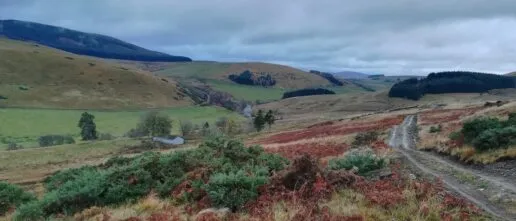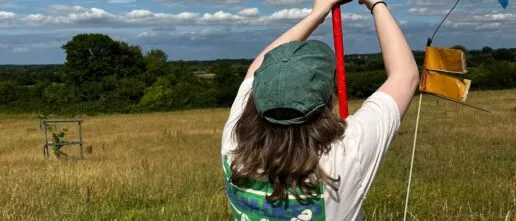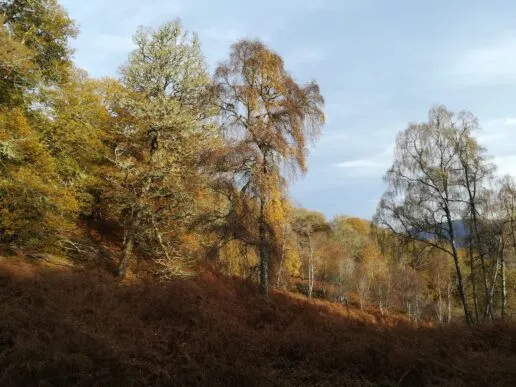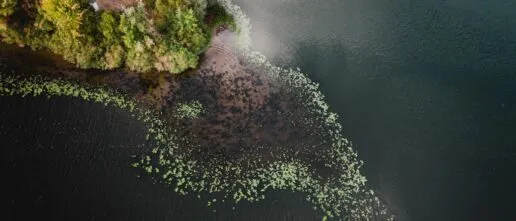Scotland is renowned for its distinctive and diverse range of landscapes, which are a significant part of the country’s natural and cultural heritage. The environment has been shaped by interconnected human and natural processes over thousands of years and includes built heritage, ancient woodlands, wildlife and native species, art and literature, folklore, language and traditions associated with historical people and places. Scotland’s complex and multi-faceted environment creates the backdrop for human-nature interactions while contributing to a sense of national identity, culture, well-being, and to community and economic resilience. It is crucial that these cherished and historic landscapes are managed, protected, and restored effectively to avoid losing the value that they hold for both nature and humans.
The Scottish Highlands is characterised by dramatic mountain scenery containing networks of peat bog, woodland, heathland, grassland and freshwater. These habitats support a wide range of biodiversity, including rare and charismatic species, from internationally important lichens in Atlantic woodland to the elusive pine marten. Human impacts have also shaped the landscape, with forestry, agriculture, burning, grazing and drainage leaving a mark. Habitat restoration and the reestablishment of natural processes at large scales has the potential to enhance the ecological health and ecosystem service outputs of the region.
Flourishing natural environments make a significant contribution to Scotland’s economic, cultural and social interests. Nature restoration benefits people’s health and well-being, promotes economic growth through tourism and inward investment, protects Scotland’s heritage and cultural identity, and provides intangible qualities such as aesthetics, tranquillity, and ‘wilderness’. However, changes in land use, development, and pressures from tourism are contributing to habitat and biodiversity loss in Scotland. Issues are also caused by a high concentration of privately owned rural land, with concerns over the exclusion of people and rural livelihoods from the landscape. Communities must be placed at the heart of nature restoration to ensure sustainable, equitable, and resilient outcomes for both people and planet.
Policy changes and a widening in the valuation of outputs from Scotland’s land are shaping a new vision for land-use in the Scottish Highlands. Our research will be conducted at the forefront of the shifting ecological, economic and social landscape in Scotland, working with case study partners to explore mechanisms and outcomes of change.
Related Projects

Participatory governance of nature recovery and Nature-based Solutions.
Co-designing knowledge, evidence, and practitioner guidance for engagement processes that enhance the delivery of benefits for people, nature, and climate

Risky Nature Recovery
How can the governance of nature recovery embrace uncertainty to support transformative change?

The landscape aesthetics of nature recovery
How do perceptions of what the landscape ought to look like enable and constrain nature recovery in the UK?

Expanding native forest in Scotland: small-scale mechanisms, landscape-scale responses
Experimental and landscape-scale data collection to understand above and belowground drivers of and responses to native forest expansion in the Scottish Highlands

Bunloit and Beldorney
Exploring the ecological and social dimensions of nature recovery.

How do we scale up nature-based solutions in the UK?
Working with its partners and stakeholders, this project is assessing the potential for nature-based solutions to contribute to national climate, biodiversity and economic targets, understand the social and practical obstacles to NbS, and strengthen tools and guidance for decision makers. Outputs are aimed at supporting key policy processes including net zero strategy, nature recovery, economic recovery, levelling up and climate change adaptation.

Ecoacoustics for assessing ecosystem health and function, from air to soil
Developing scaleable, transferable, and open approaches for ecoacoustics to assess nature recovery across global ecosystems

The knowledge politics of measuring forests
What are the social, ecological and economic effects of measuring and valuing forests in Scottish nature recovery?

Database of Scottish nature recovery projects
We will build a database of all nature recovery projects and organisations in Scotland.

